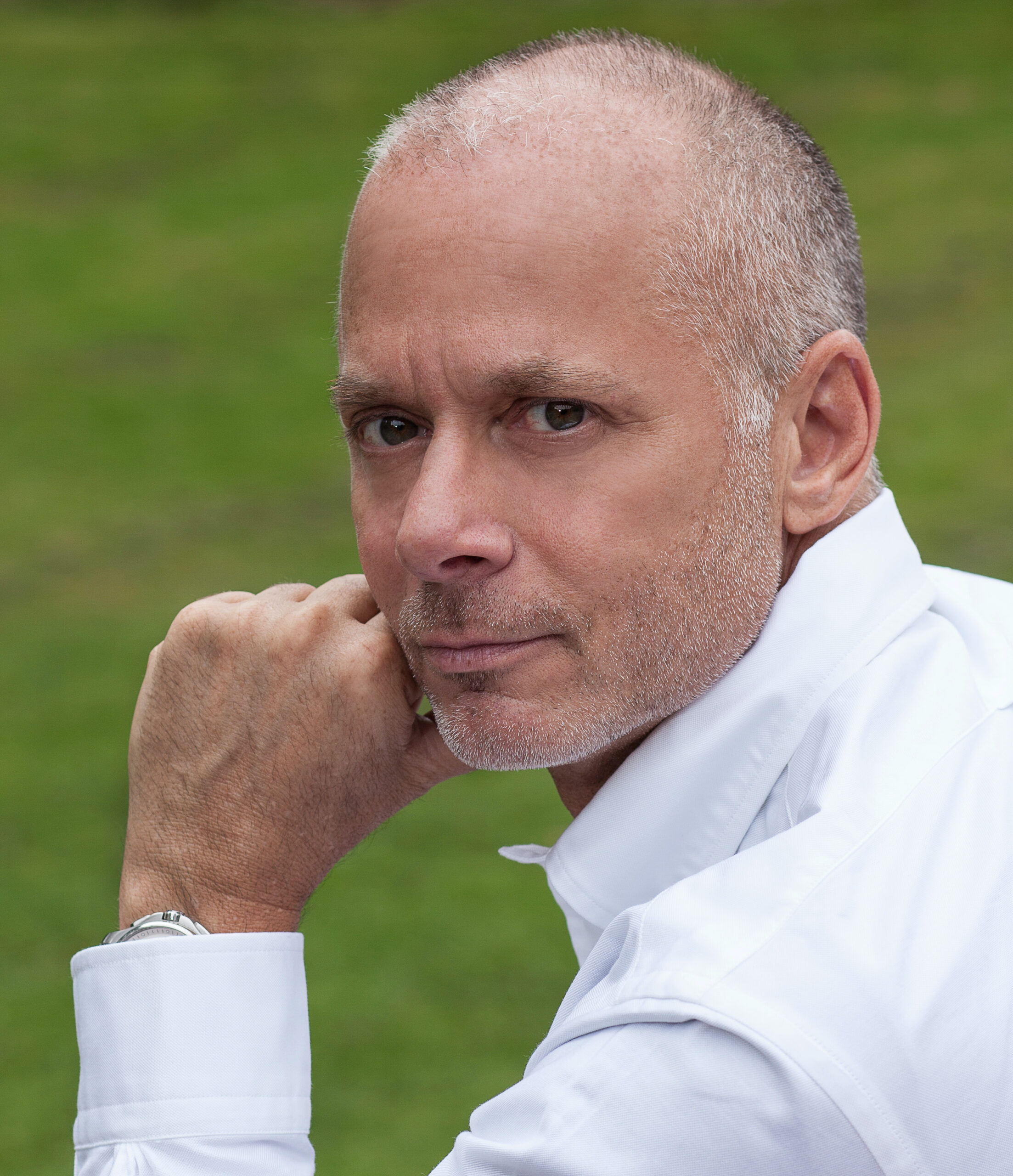
Designer: Madeline Stuart; more details below.
By Carl J. Dellatore

Every year, a list of forecasted interior design trends is released by any number of media outlets. 2024 is no exception: Architectural Digest focused on jewel tones, metallic furniture, and mixing periods. Pantone chose Peach Fuzz as its color of the year with the tagline, “Bringing Kindness to Life.” That sounds like a great idea.
Not to be outdone, social media platforms have trends, too. TikTok is focused on Farmhouse Chic, Vintage Flair, and Maximalism (I’ve had some thoughts about that!) “Bookshelf Wealth” is also all over the press.
They’re interesting to read about, but I question the importance of interior design trends. Trends are fleeting, like fashion. And at least from my perspective, Yves Saint Laurent had it right when he said, “Fashion fades, style is eternal.”
The allure of trends can be tempting, especially in our fast-paced digital age. Still, a compelling argument can be made for interior designers to resist the siren call of fleeting fads and anchor their practice in enduring design principles.
Trends are ephemeral, subject to the shifting winds of popular culture. What is in fashion today might be passé tomorrow. So it follows that interior designers who incorporate trends risk creating spaces that quickly become dated, leaving clients dissatisfied over time.
Enduring design, on the other hand, transcends the temporal. By focusing on timeless principles, designers can create relevant and aesthetically pleasing spaces over the long haul.
On the subject of the timeless tenets, Los Angeles-based designer Madeline Stuart told me, “It’s only through the study of history, art, and the decorative arts that we can develop an understanding of how and why certain trends emerge and which ones will last. Interior design is a relatively new discipline, but numerous precedents inform what constitutes timeless yet distinctive design.

“Some of the great practitioners—Frances Elkins, Jean-Michel Frank, Elsie de Wolfe, Albert Hadley and Sister Parish—had a fundamental understanding of classic forms and periods. Still, each was able to reinvent those components and establish a style uniquely their own. When you peruse the books celebrating these major talents, what distinguishes their interiors is a modernity that doesn’t seem to correspond to a specific time. They freely incorporated elements that reflected the era in which they worked while still managing to instill a timeless sensibility to the houses they decorated.”
Another critical advantage of prioritizing enduring design is sustainability, a hot-button issue in the advancing 21st century. Rapidly changing trends contribute to a disposable culture, encouraging the constant turnover of furniture and decor. In contrast, an enduring design approach promotes using high-quality, durable materials and classic styles that stand the test of time, reducing environmental impact. That is particularly important when you consider the interior design industry contributes more than ten million tons annually to landfills.
Returning to my conversation with Madeline, she summed up an enlightened approach to trends, saying, “Ultimately, determining what might be considered timeless is a subjective exercise. What I consider stylish might be deemed dull by someone else. I don’t feel we all need to adhere to the same dictates of design, but I often reflect on how certain decisions I make might be evaluated in the future. A wall can be repainted and a sofa recovered, but some of the actions we take as designers are likely to survive us well into the future. Will that mosaic tile we’re selecting be considered passe next year? Does the cabinetry pinpoint what will one day be seen as a regrettable moment in design? The consequences of our efforts and choices are significant and long-lasting—or at least I think they should be.”
I couldn’t agree more.

Stay updated on this series author, Carl Dellatore, by following his Instagram. About Carl Dellatore & Associates – provides designers, architects, and creatives with writing, editing, and copyediting services by an established team to effectively reveal your story.


